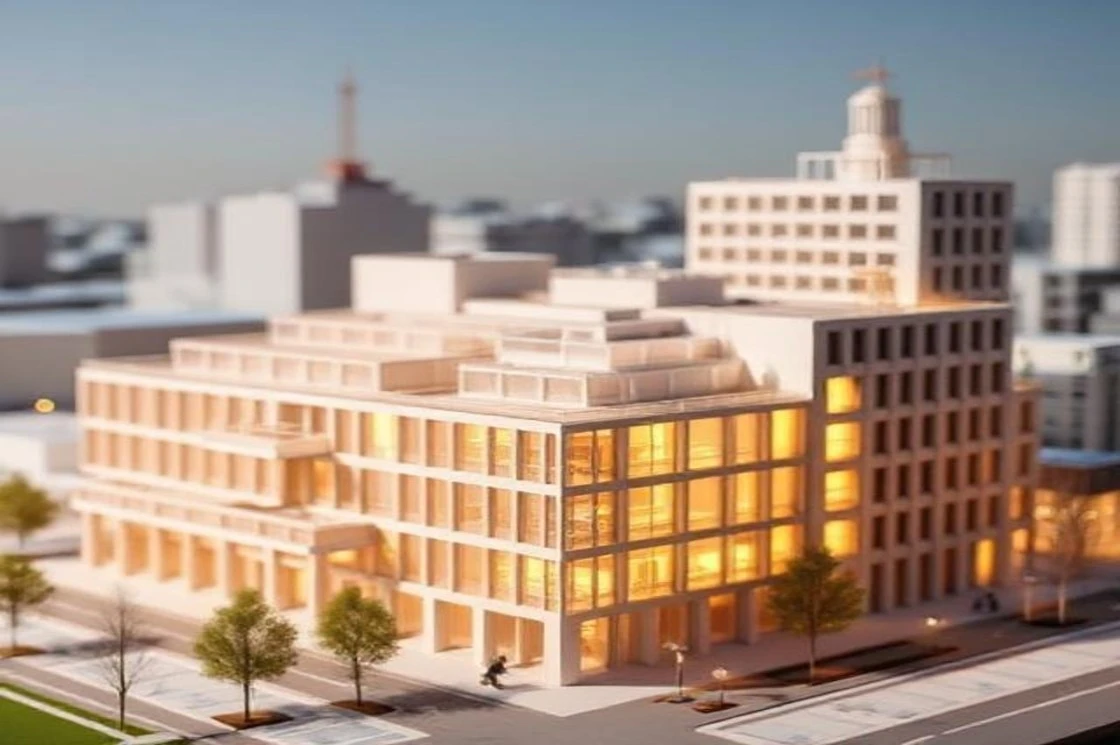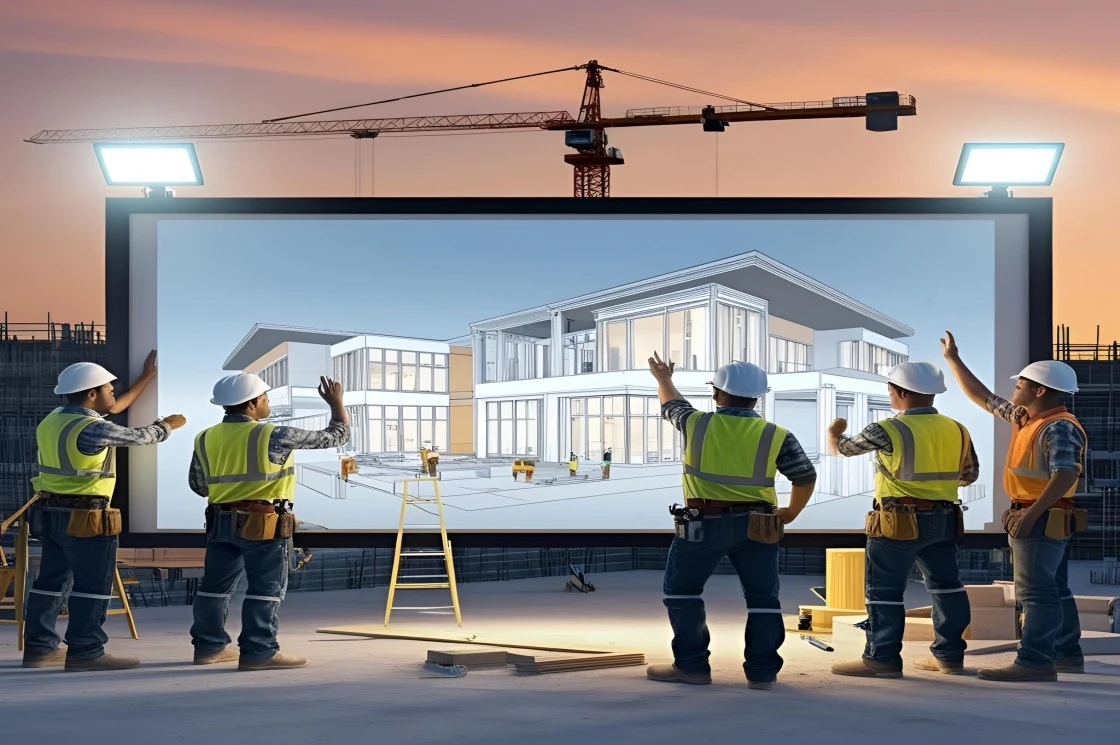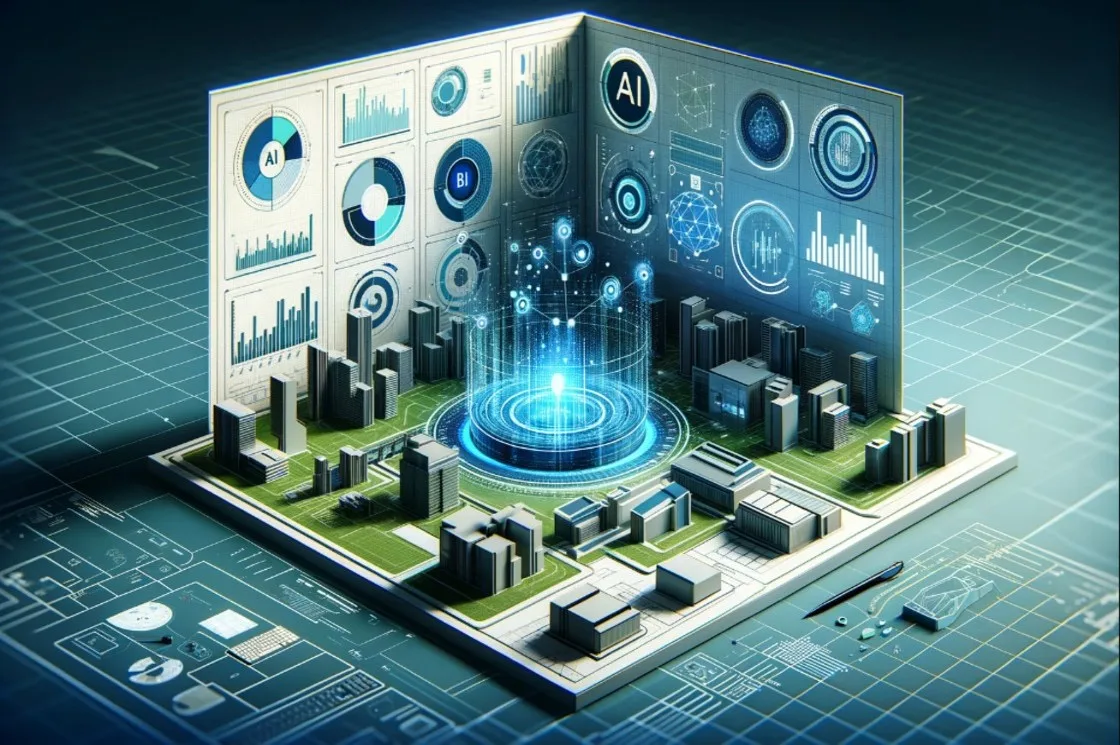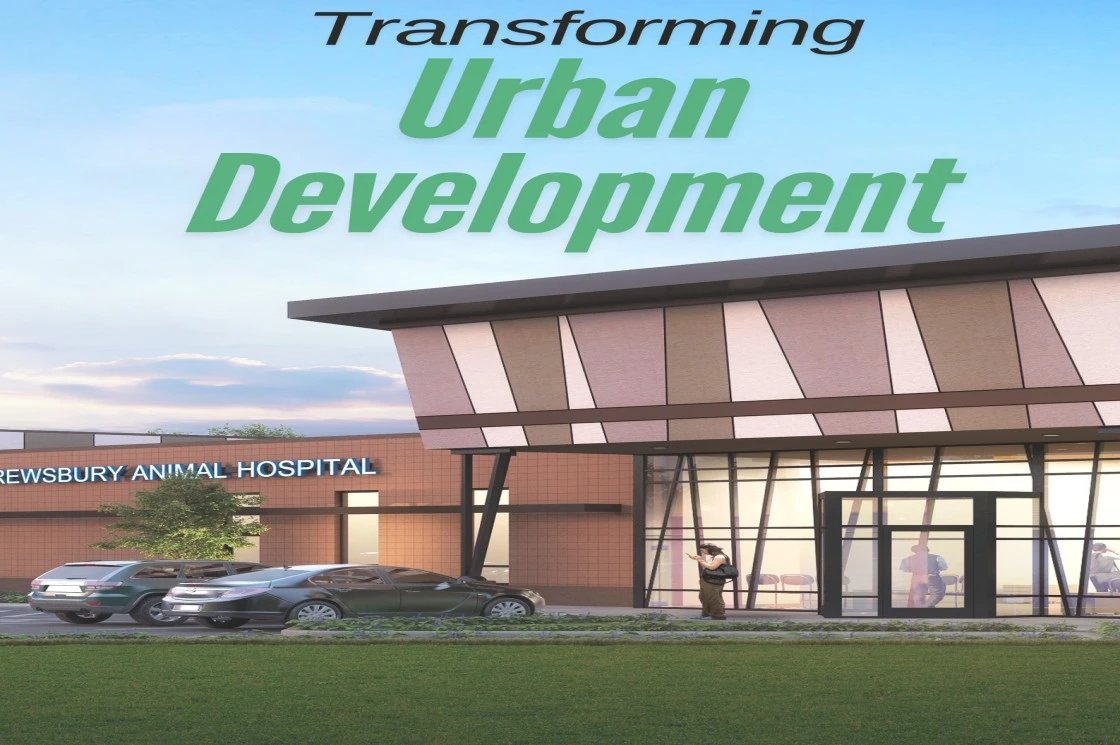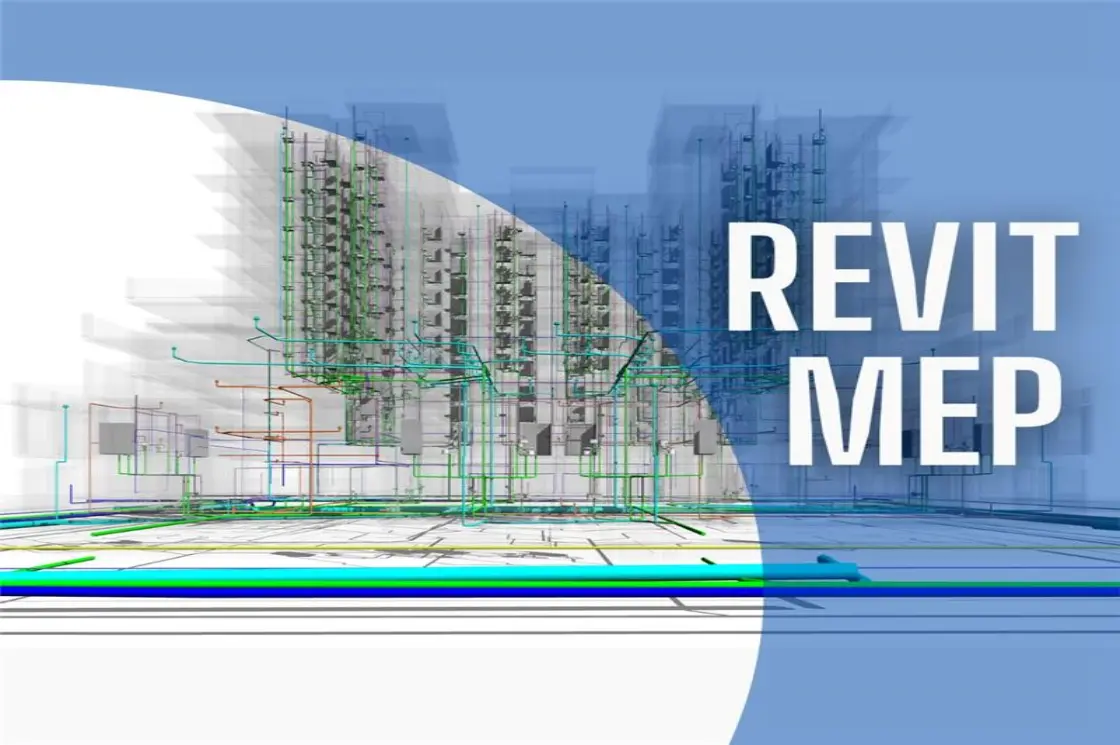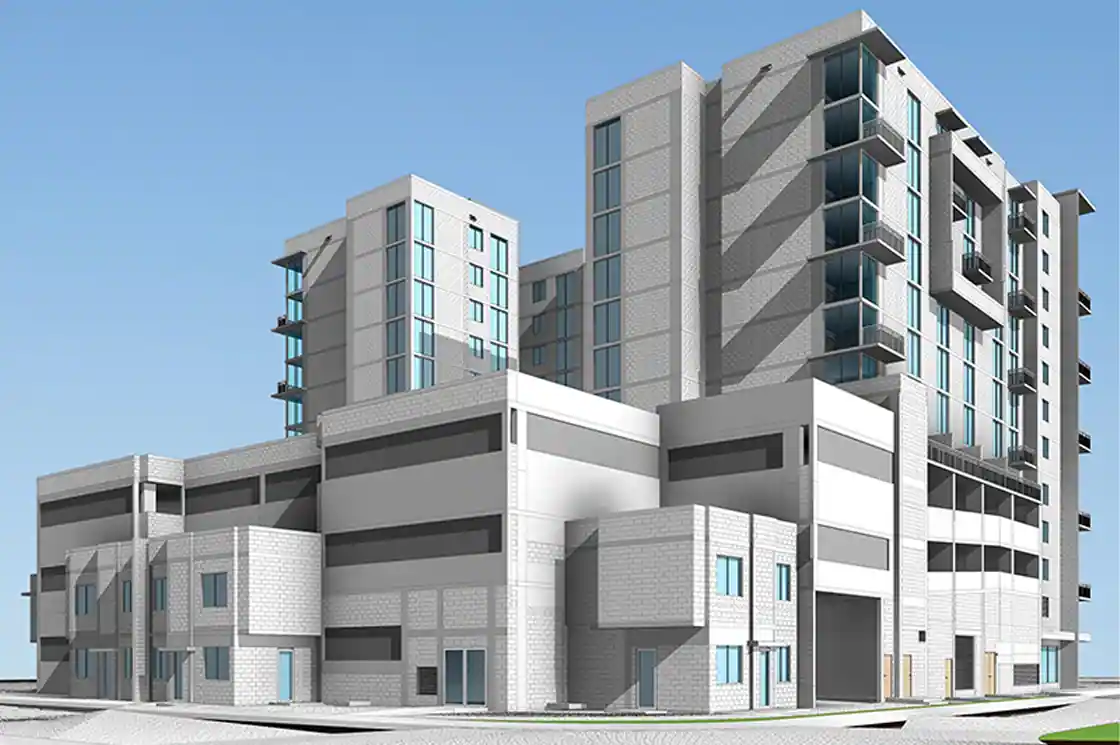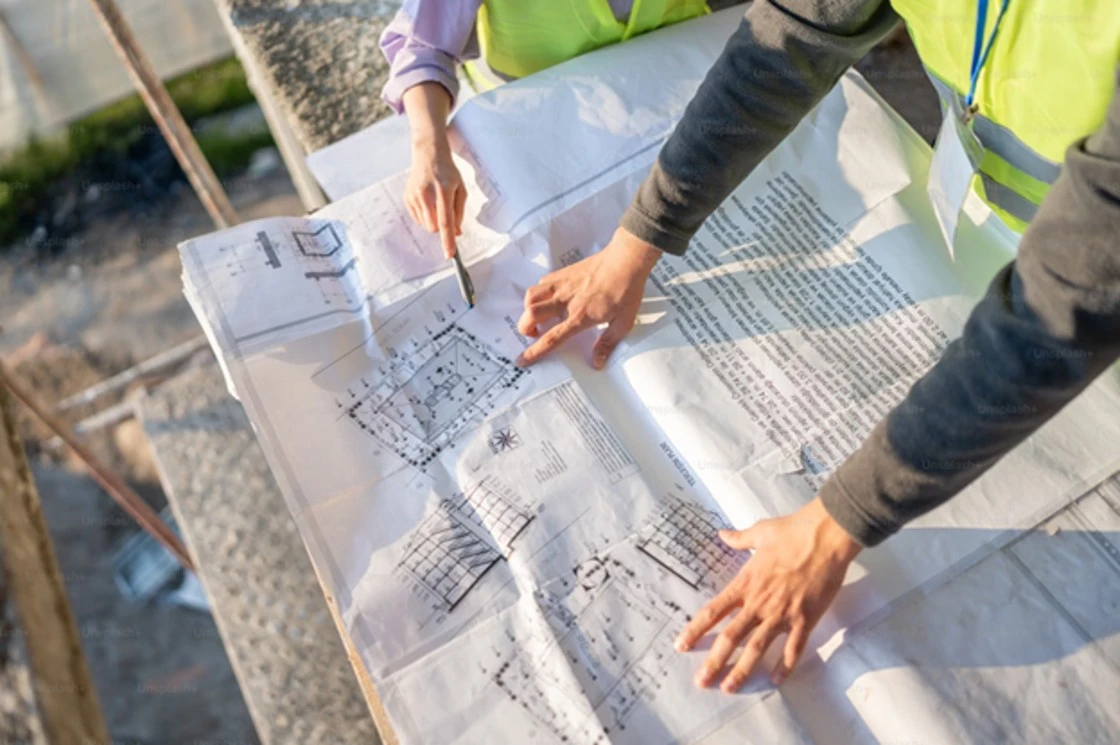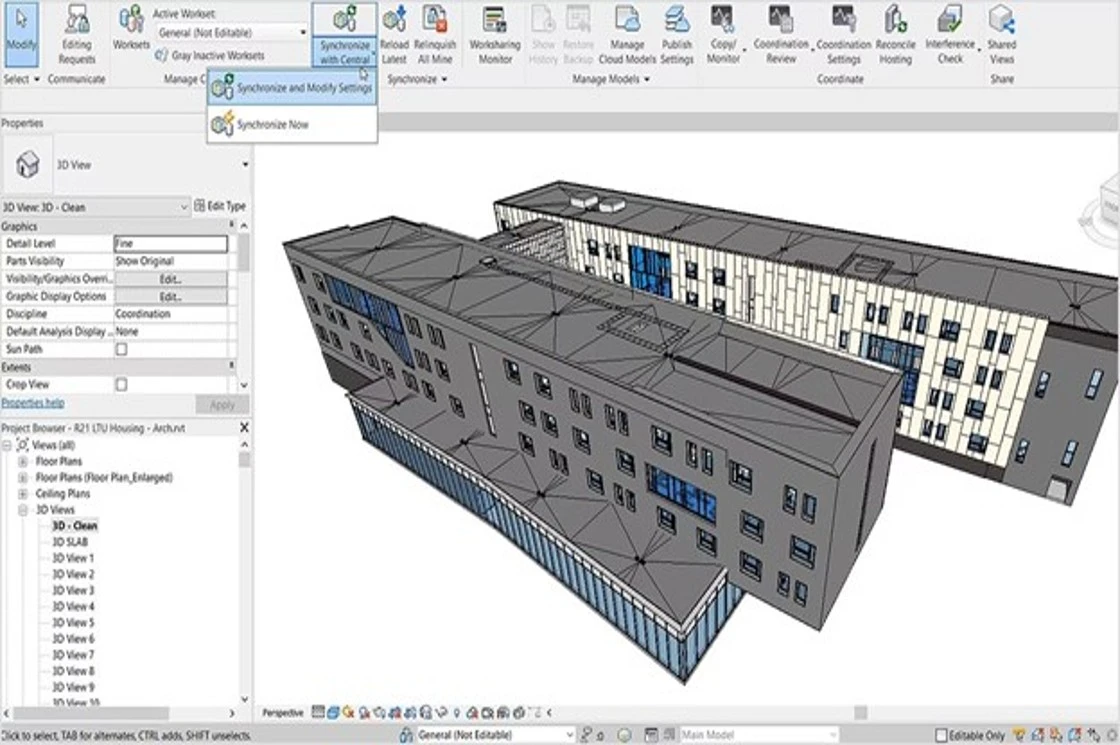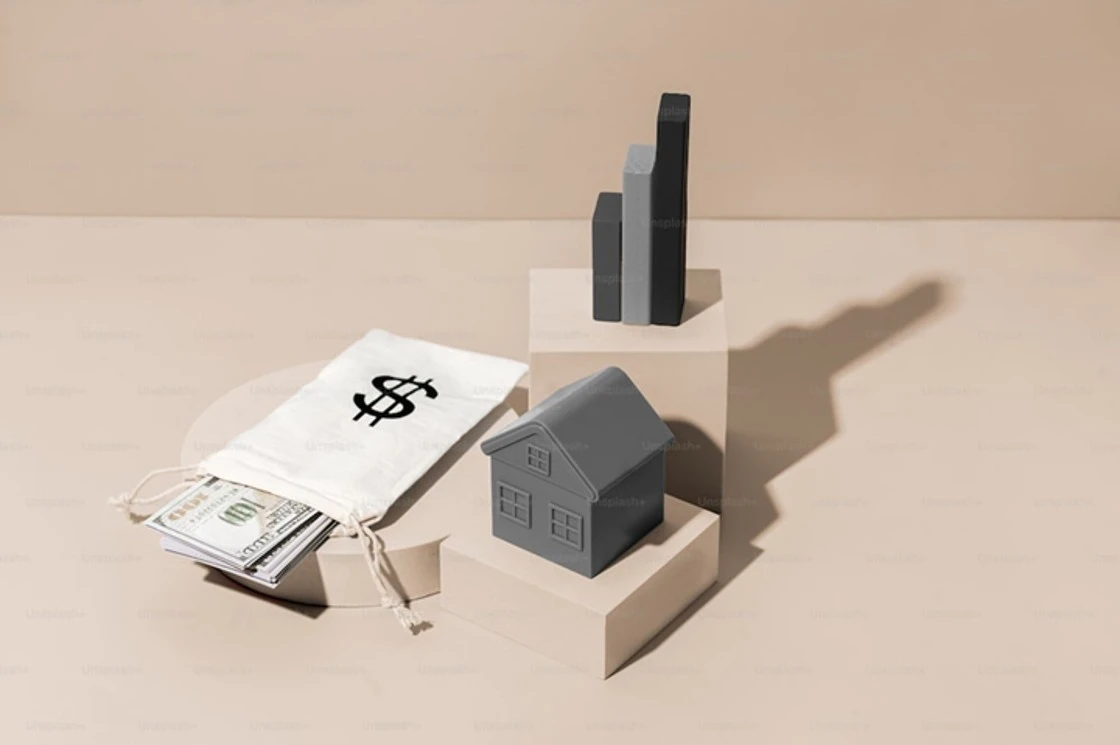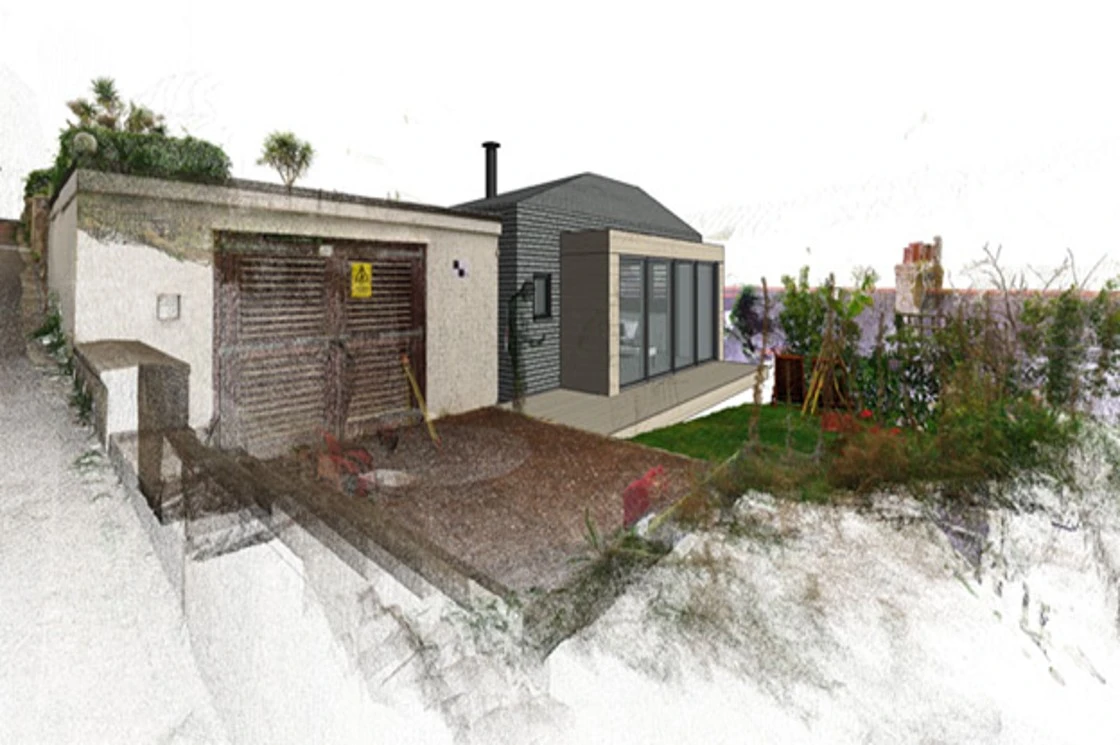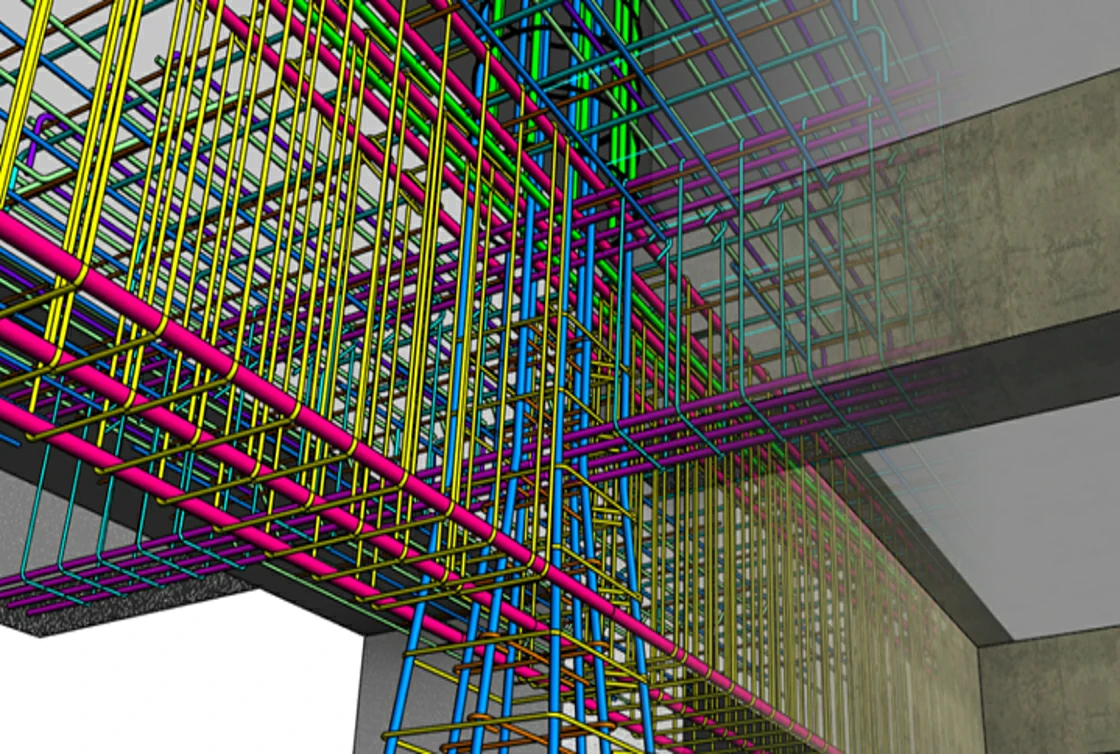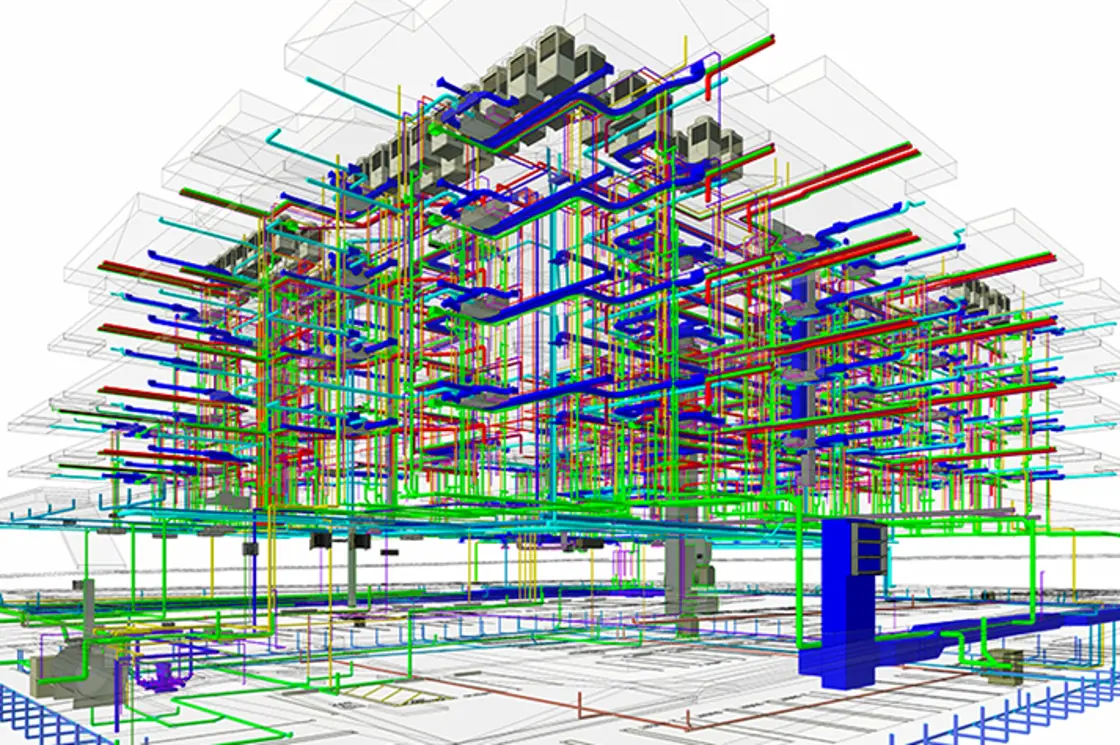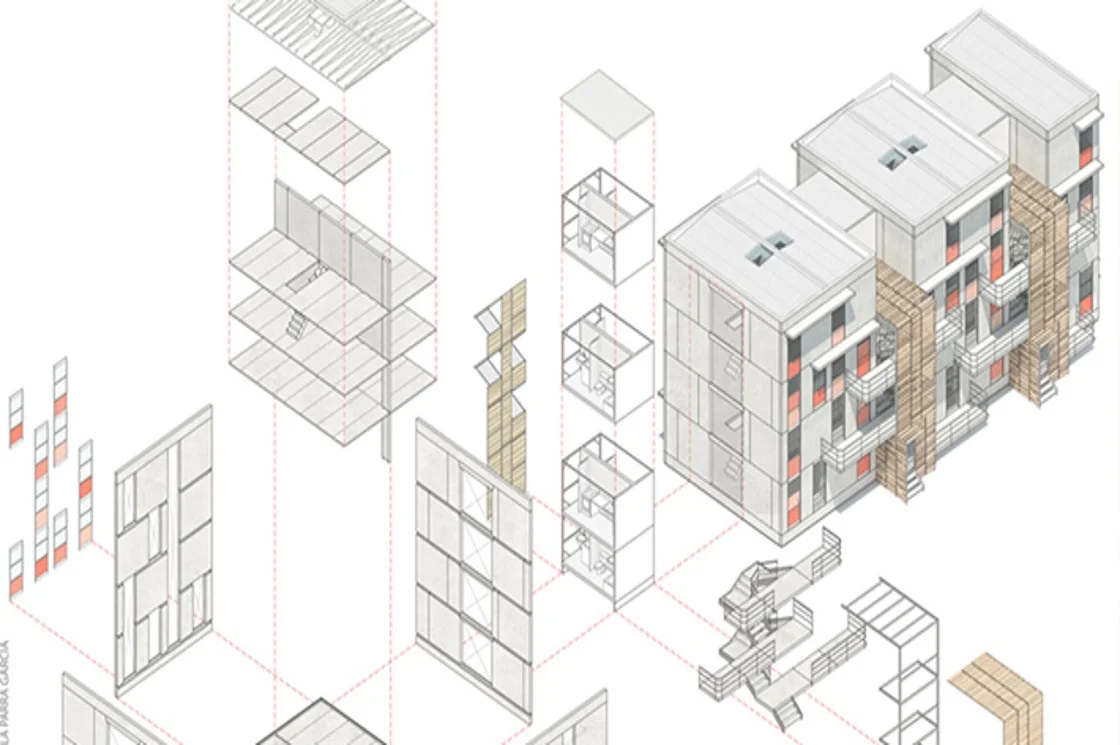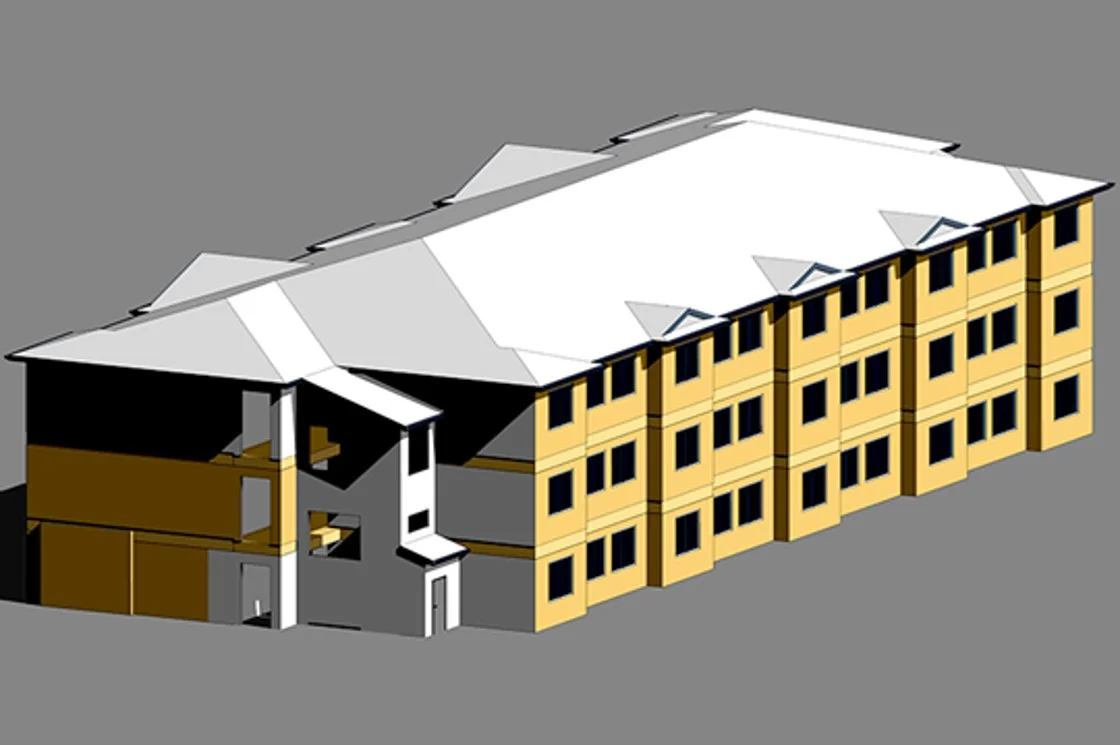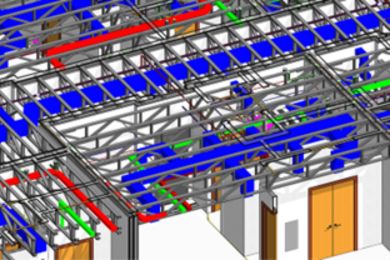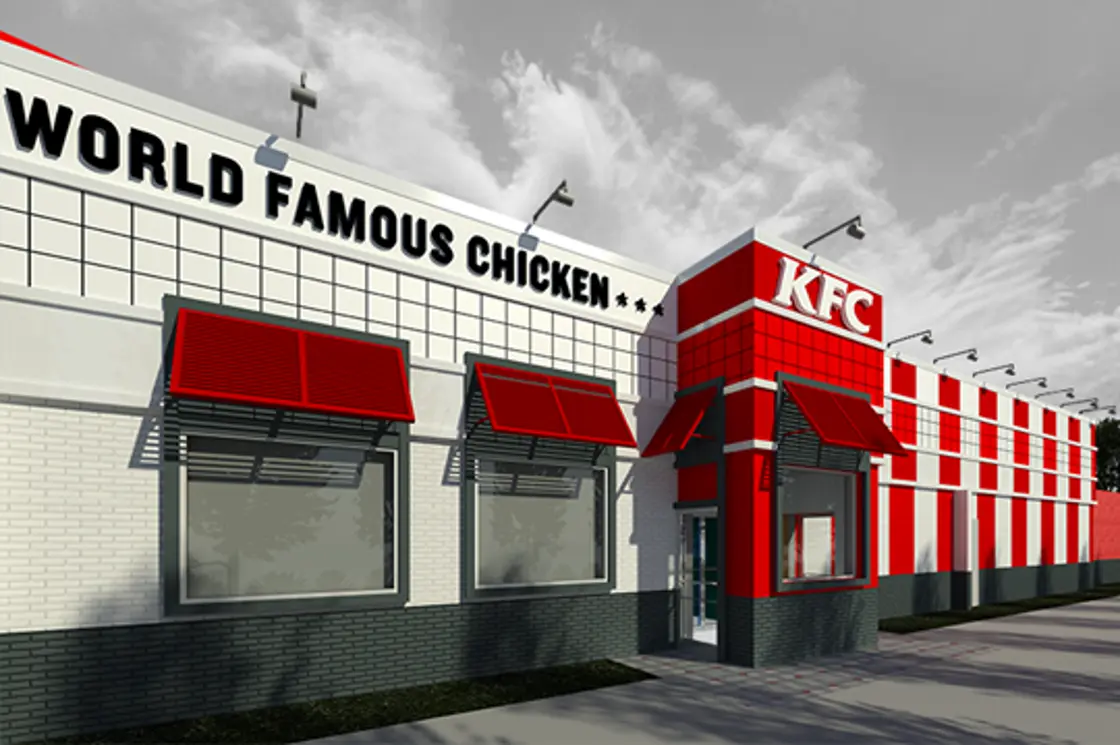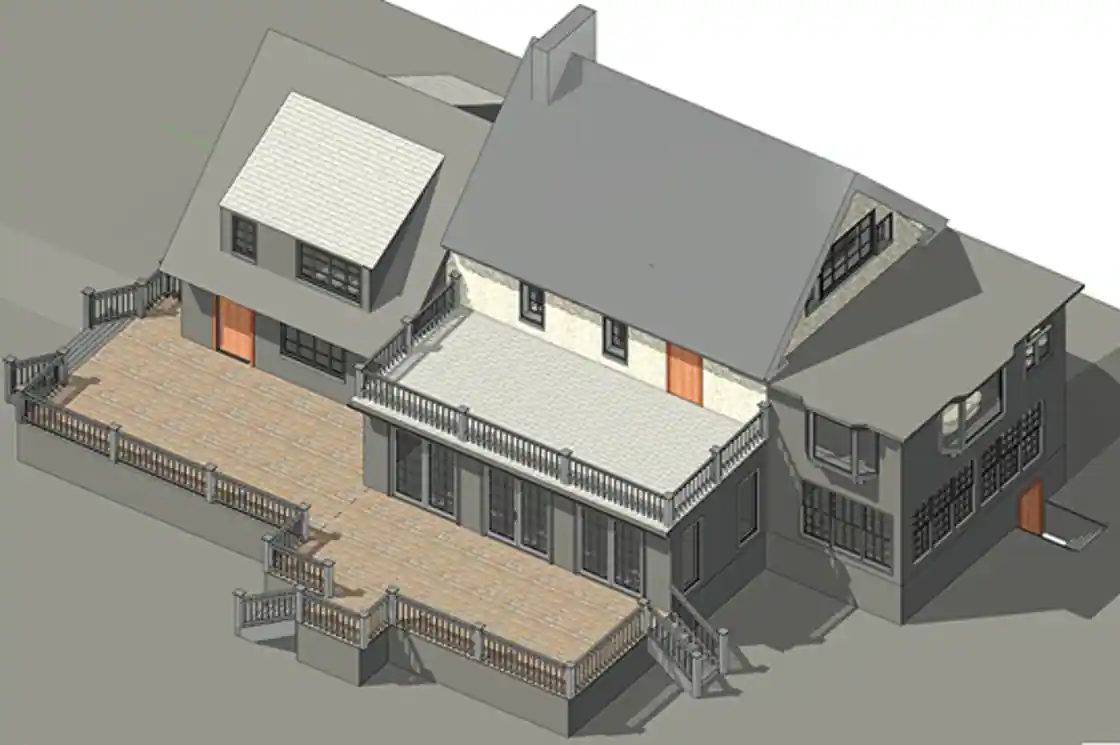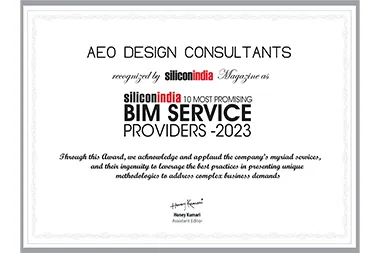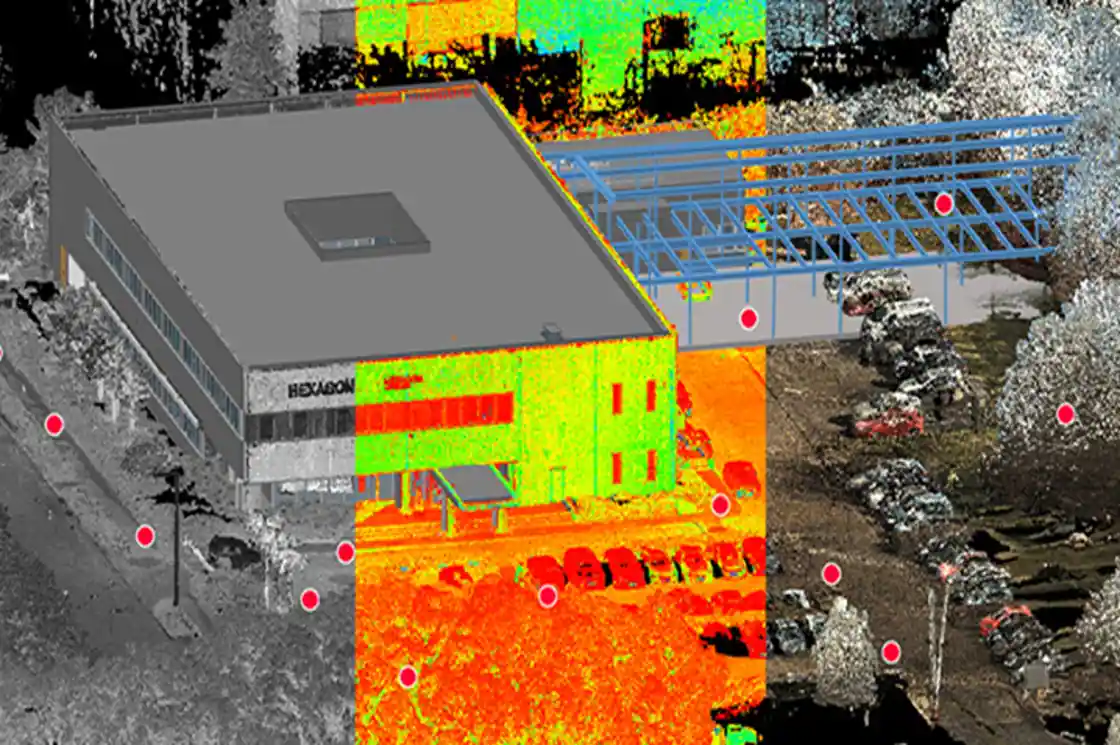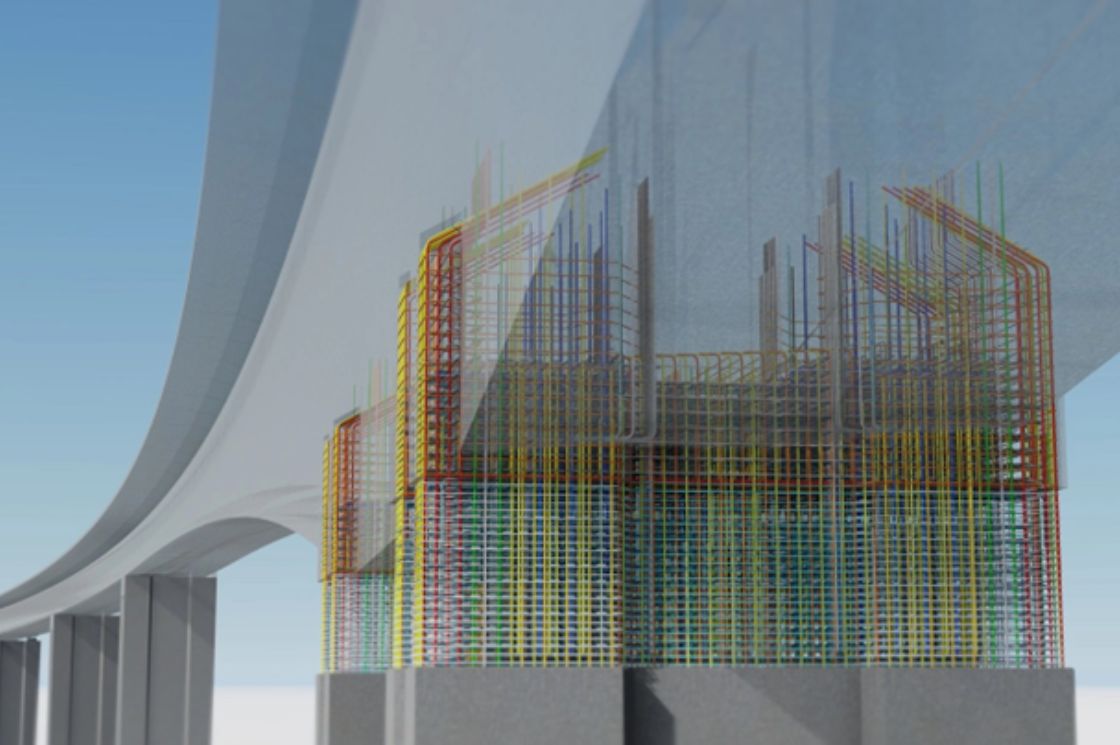Revit MEP & BIM: Shaping Buildings, Revolutionizing Systems
Building design has been revolutionized with the rise of Building Information Modeling (BIM) and Revit MEP, especially in MEP systems (Mechanical, Electrical, and Plumbing). Welcome to the future of building design! Everyone who works in the AEC industry has probably heard about BIM already. This article will describe how the advent of Revit MEP and BIM has changed MEP design and management and why its implementation into the building process is crucial for contemporary projects.
What exactly does BIM mean?
BIM is not assembling information; it is the digital brain of your building. Better known as integrated building information modeling, it combines all those details within the materials, specifications, performance data, and so much more. Thus, it converts the data into an entire 3D model for the whole building instead of static 2D designs living in separate files. This means they can work within the same space as contractors, engineers, and architects.
Most importantly, one of the advantages is that clashes that arise during construction usually become apparent very early in the design stage. It is very much a “superpower” ability to catch problems before they cause delays, very expensive mistakes, or pain in the necks on the job site.

MEP Systems Design in the Realm of BIM: Revit MEP
Revit MEP is the best possible giant in the BIM world. From heating or cooling to providing power or plumbing, Revit MEP has been designed with modeling tools and evaluation tools so the engineer can do his or her work in a well-accurate manner. All this exists in a corresponding environment regarding a BIM system making it possible for all designers to reap all at once component benefits from a coherent workflow. So how does it help?
HVAC: What makes it a game-changer for Revit MEP is that it permits engineers to create very detailed HVAC designs which are sure to ensure the very best airflow, heating, and cooling properties inside it.
Electrical Systems: From lighting to power and data wiring, Revit MEP allows engineers to design electrical systems that fit with the structural and architectural elements of the building. Everything’s integrated so there is no more guessing if things will fit in the real world.
Plumbing Systems: It makes work easier in plumbing design as Revit MEP allows engineers to model drainage and water supply lines among other things as the building fits perfectly together.
Clash Detection: One of the greatest advantages of using Revit MEP is clash detection. It catches clashes between MEP systems and between structural or architectural components before they ever happen. That means that there won’t be any nasty surprises during construction – only smooth sailing from design straight through to build.

The Perks of Integrating Revit MEP with BIM
Alright, we’ve covered the basics. What makes Revit MEP and BIM integration such a game changer? Well, let’s break down the benefits that make this duo truly unstoppable:
Enhanced Collaboration & Coordination: Everyone is in one digital space–the BIM model–all at the same time, from the architect to engineers to contractors. There is no getting lost and reiterating different versions. It’s an integrated collaborative space.
Clash Detection & Risk Reduction: The sooner you identify possible problems, the easier (and less expensive) it is to correct them. With BIM and Revit MEP, MEP system clashes and building component clashes are automatically highlighted before construction ever begins.
Cost & Time Savings: Let’s face it: mistakes are costly. BIM and Revit MEP help avoid surprises down the road by pinpointing issues early on, thereby saving time and money. Improved coordination means less delay, adding up to a quicker, cost-effective project timeline.
Energy Efficiency and Sustainability: Building green? Look no further than Revit MEP as the best partner. The application optimizes HVAC and other MEP systems for energy efficiency, so your project is sure to meet sustainability goals.

The Bottom Line: BIM and Revit MEP Are Here to Stay
If you still rely on conventional methods for designing MEP and building coordination, it’s time to change your approach. Revit MEP and BIM are no buzzwords but real transformations within the AEC industry, from better collaboration and design to cost and energy savings, as simple as to include them in your projects.
Ready to take that leap into tomorrow’s building designs? With MEP and BIM in Revit, the choice is endless as are the potential results. Thus, get AEODC aboard, and collaborate in a smarter and better way!
FAQ / Common Queries:
What is the main benefit of Revit MEP in building design?
It ensures seamless collaboration, detailed design, and early clash detection to prevent costly errors.
How does BIM enhance MEP system design?
BIM provides a unified 3D model for better planning, fewer errors, and improved system efficiency.
Can Revit MEP support energy efficiency goals?
Yes, it optimizes HVAC and other systems to reduce energy use and meet sustainability standards.


